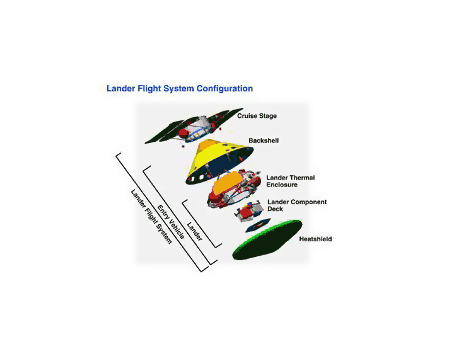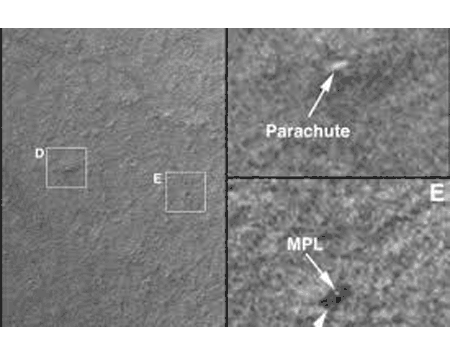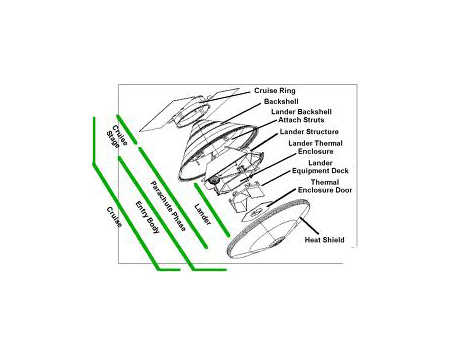Mars Polar Lander
I Remember...
The Polar Lander crashed. It was determined that the polar region would be the next landing site. The polar ice and the potential for life were of great importance. However, it is harder to land on the polar icecaps than the equator.
A decision was made to use retro rockets to land and not the impact inflatable attenuation system (bouncy balls) to land on Mars. When using a retro rockets to land you need to determined when to turn off the retro rocket.
In the case of the Polar Lander it had a G sensor that sensed the impact when it touched down on Mars. That G sensor accidently activated as the legs were extending in the landing process, turning off the rockets. This plunged the Lander two hundred feet into the surface of Mars breaking up into a many pieces.
At least that is what is thought to have happened.
The Mission
The Mars Polar Lander, also referred to as the Mars Surveyor '98 Lander, was a 290-kilogram robotic spacecraft lander, launched by NASA on January 3, 1999, to study the soil and climate of Planum Australe, a region near the south pole on Mars, as part of the Mars Surveyor '98 mission. However, on December 3, 1999, after the descent phase was expected to be complete, the lander failed to reestablish communication with Earth. It was determined that the most likely cause of the mishap was an improperly terminated engine firing prior to the lander touching the surface, causing the lander to impact at a high velocity.[citation needed]
* Taken from the Wikipedia page on the Mars Exploration Rover




